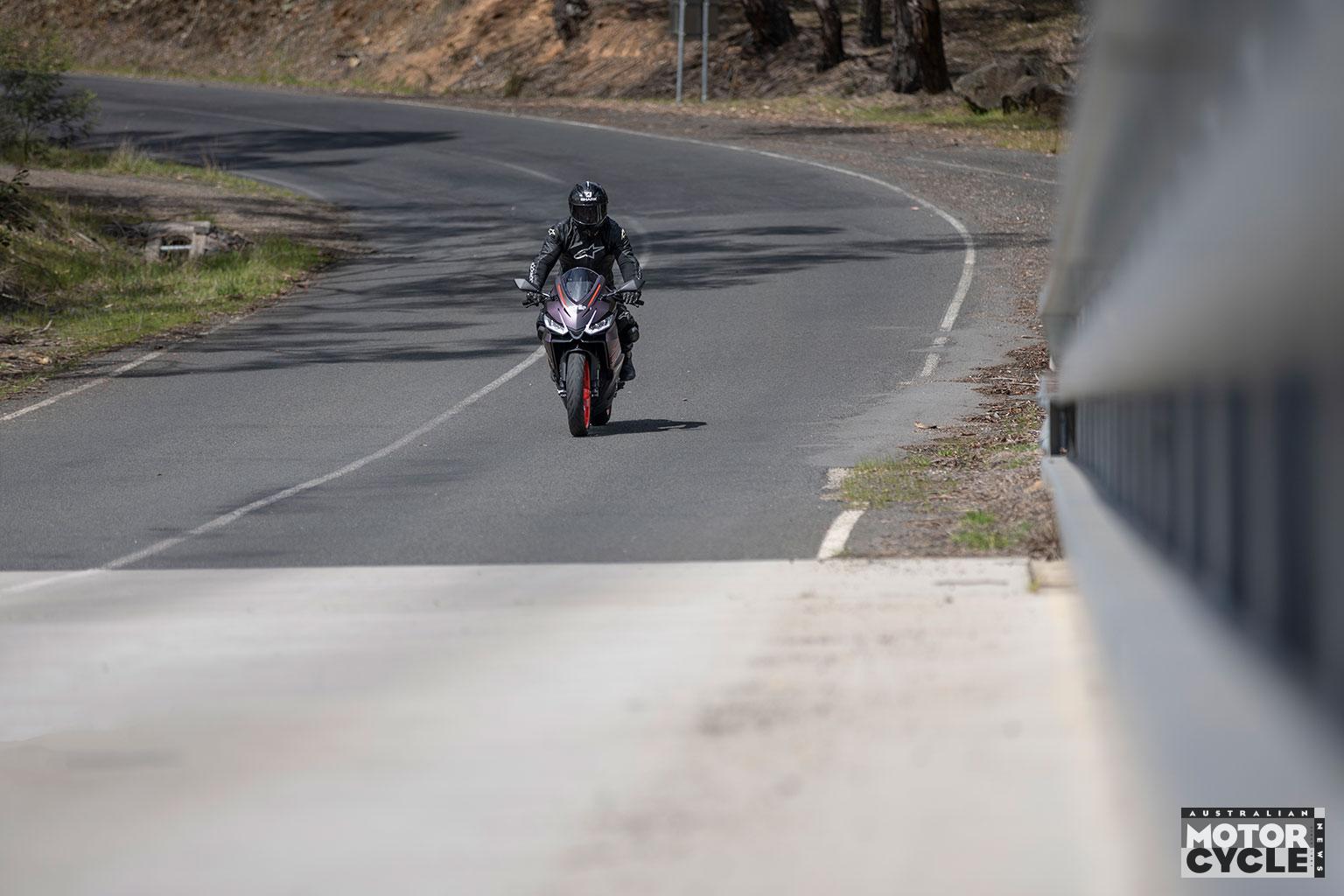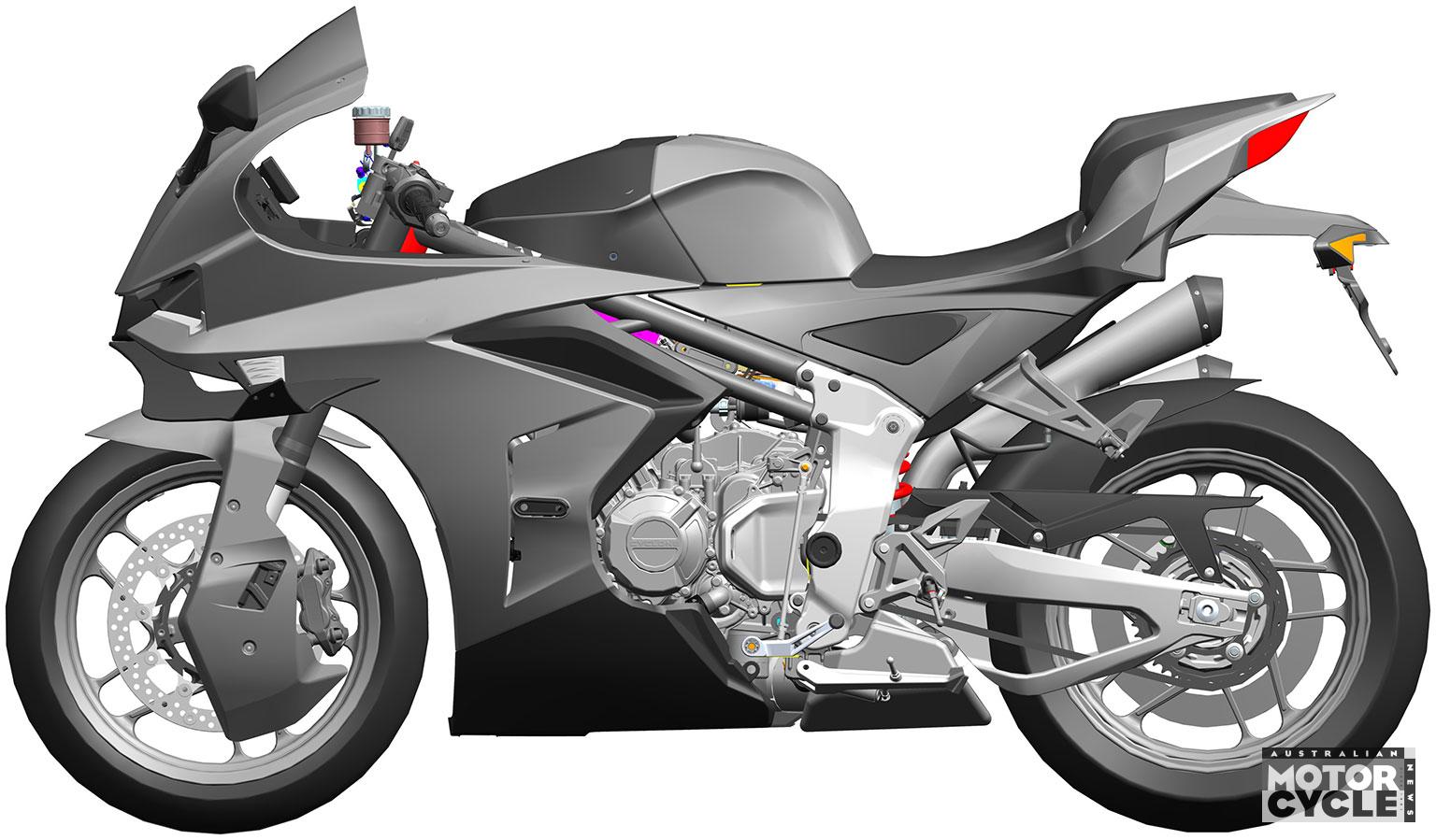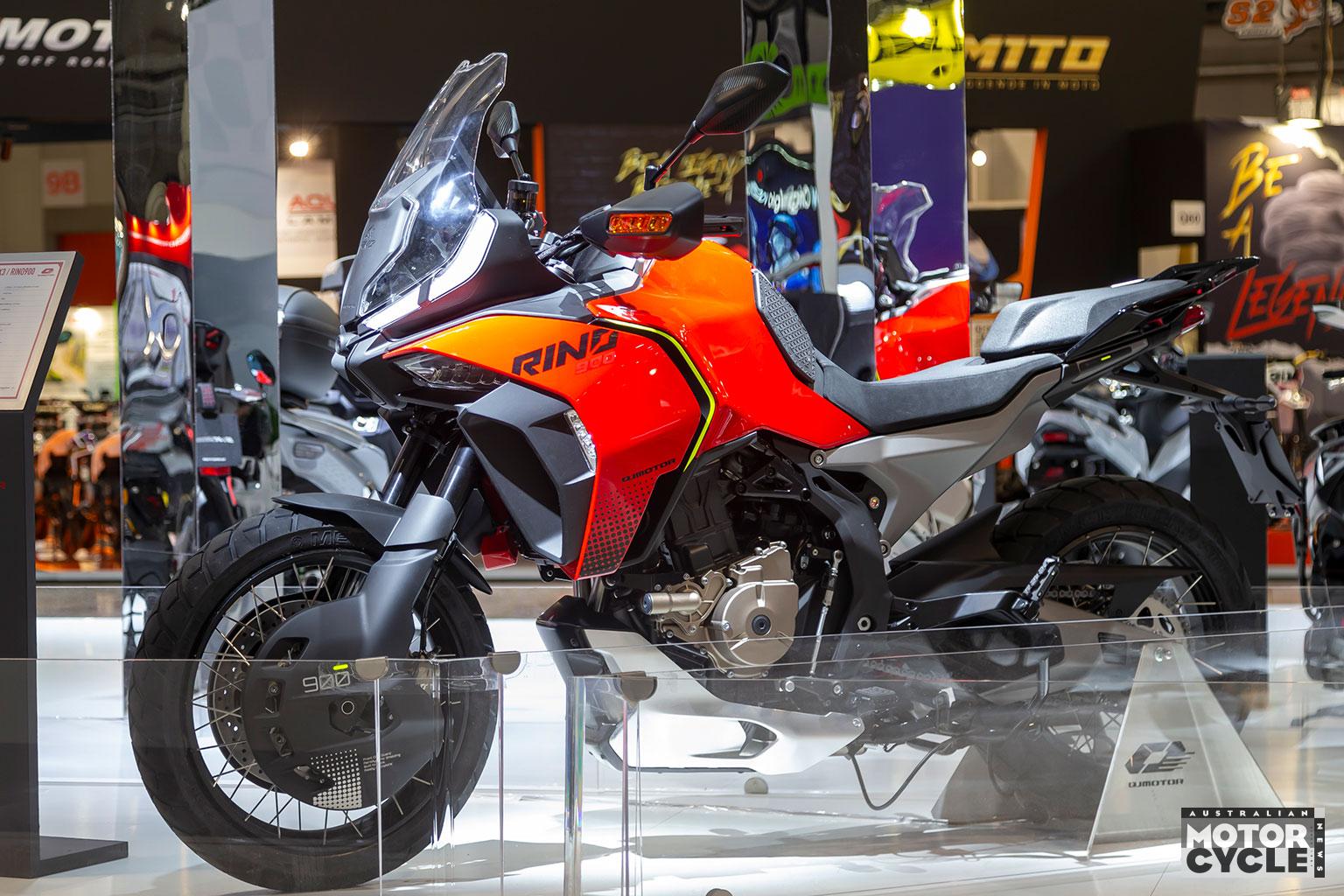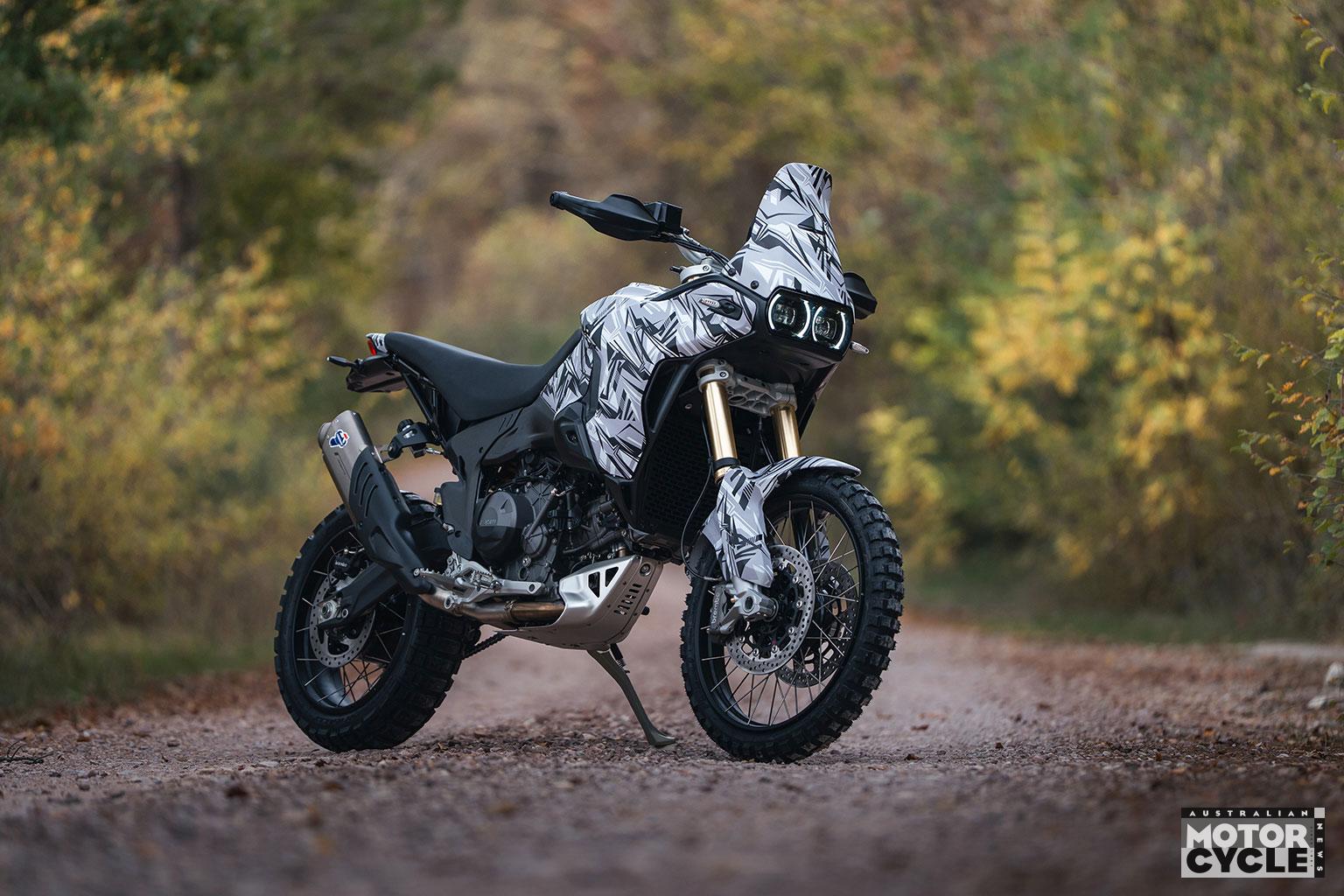Patent shows how the Wing could leapfrog radar-equipped rivals
For several years Honda has been working hard on developing its own set of radar-based rider aids for the range-topping Gold Wing but the company’s flagship is starting to lag behind rivals from Europe and Japan when it comes to active safety aids at the moment. That’s not a situation that’s likely to last long and the latest Honda patents show the company is planning a much more sophisticated array of sensors more akin to the kit used on the latest luxury cars.
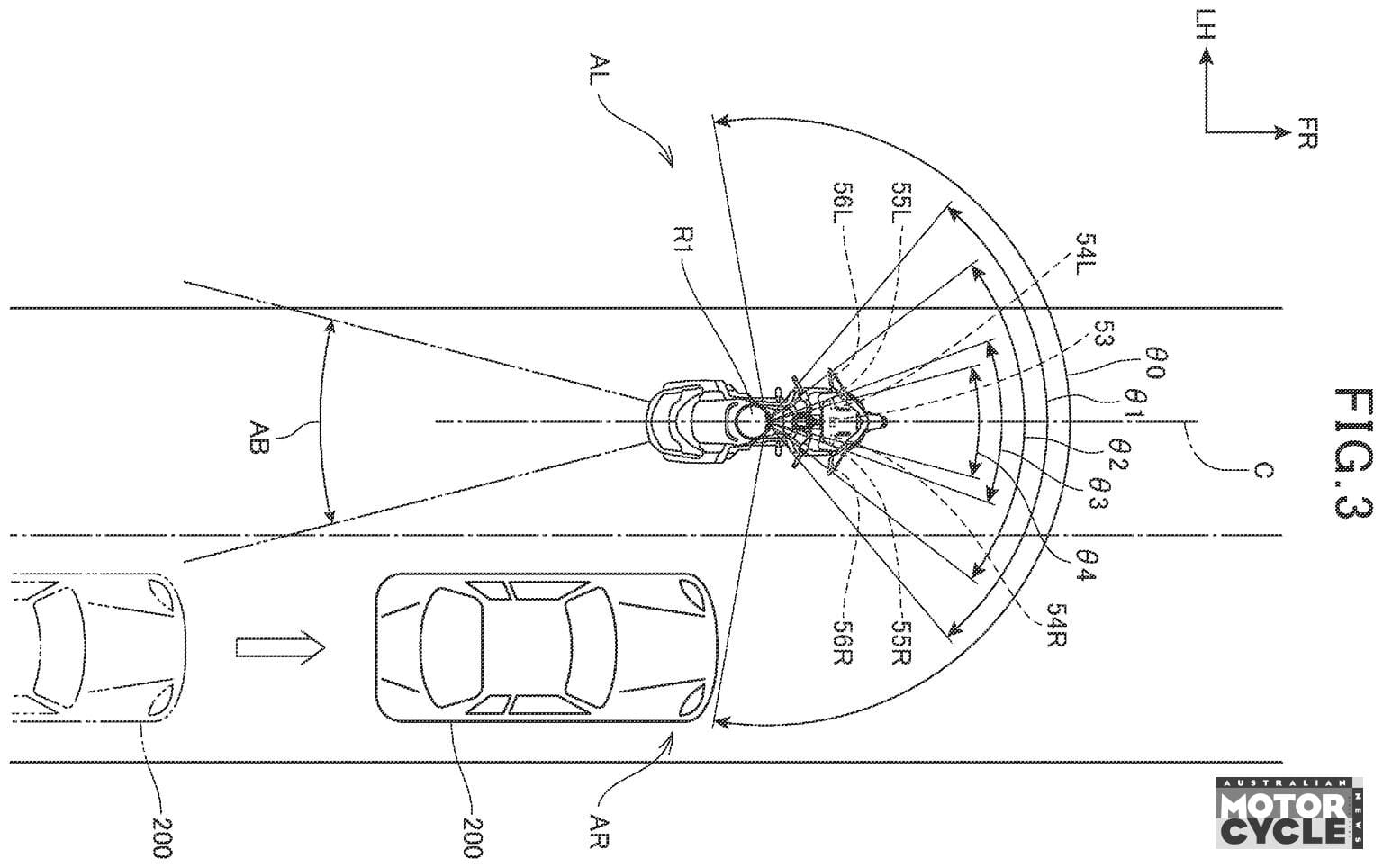
Front and rear radar systems have proliferated since Bosch developed a motorcycle-specific setup that it’s prepared to sell to any manufacturer that wants it. The result is that BMW, Ducati, KTM, Yamaha and Kawasaki have all adopted the Bosch kit on an array of models over the last couple of years. Meanwhile, we’ve seen Triumph start to use rear-facing radars from Continental, and Piaggio has created its own front and rear radar system to use on the Moto Guzzi Stelvio and Mandello models. Other brands including Indian and even some of the rapidly-growing Chinese motorcycle companies are also expected to launch radar-equipped bikes in the near future.
Honda, however, appears to be taking its time and developing its own motorcycle-specific set of sensors, including not only radar but a whole array that uses a combination of radar, cameras and LiDAR (Light Detection and Ranging) that uses lasers to measure the distance, speed and position of other vehicles.
Unsurprisingly, the Gold Wing is shown in the patent documents, and it’s sure to be the most likely candidate to get the equipment first before it trickles down to other models in the range.

The latest patent says that “the front monitoring sensor includes a front monitoring radar, a front monitoring laser, a front monitoring camera, and a front monitoring dashboard camera.”
What’s more, the bike also has a set of ‘periphery detection’ sensors including their own radars, cameras and lasers, keeping track of vehicles travelling to the sides and behind so the bike’s onboard computer has a full picture of its surroundings.
Honda’s latest patent specifically involves the application of a blind-spot monitoring system and how such a system will alert riders via lights in the instrument panel, mirror mounts and the mirrors themselves. Which lights illuminate when a vehicle is in the blind spot depends on how fast you’re going. Below 40km/h, only the lights in the mirrors are activated. Between 40km/h and 70km/h, the mirror mount lights join them. Between 70km/h and 100km/h a third light on the relevant side of the instrument panel lights up, and above 100km/h, a central lamp is added as well. The idea appears to be to ensure that the rider gets the information within his line of sight when riding at high speed but doesn’t get constantly bombarded with excessive warnings when travelling slowly in heavy traffic.
The front-facing radar, LiDAR and cameras are expected to be used to facilitate the adoption of adaptive cruise control and lane-keep assist systems, as are common on modern cars.
